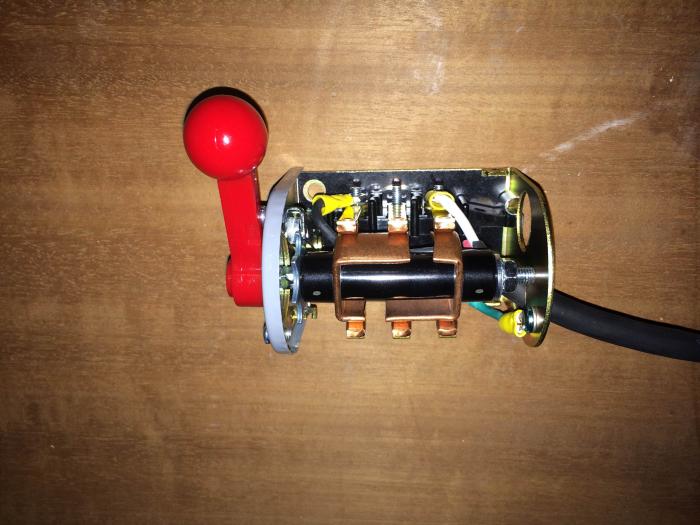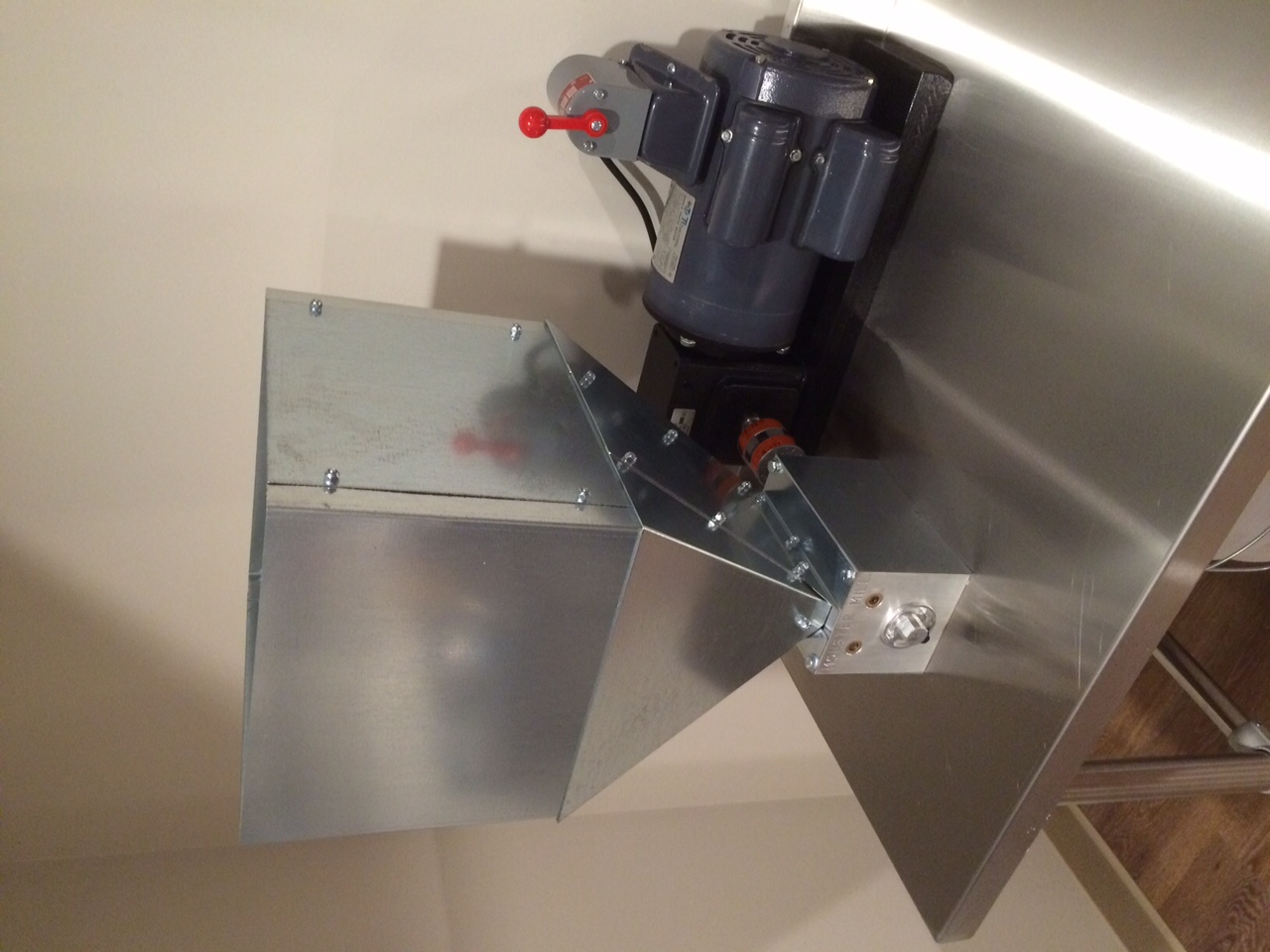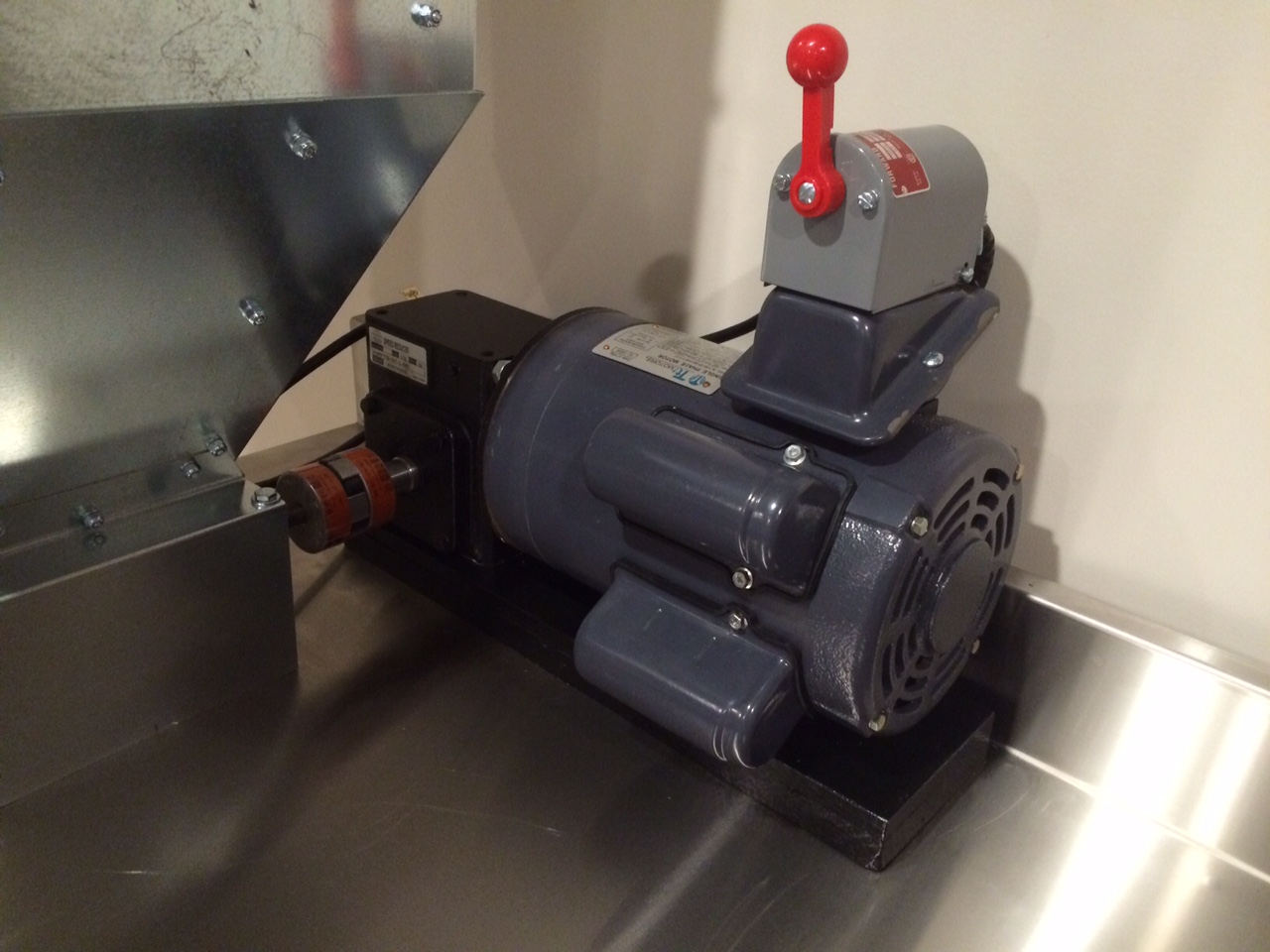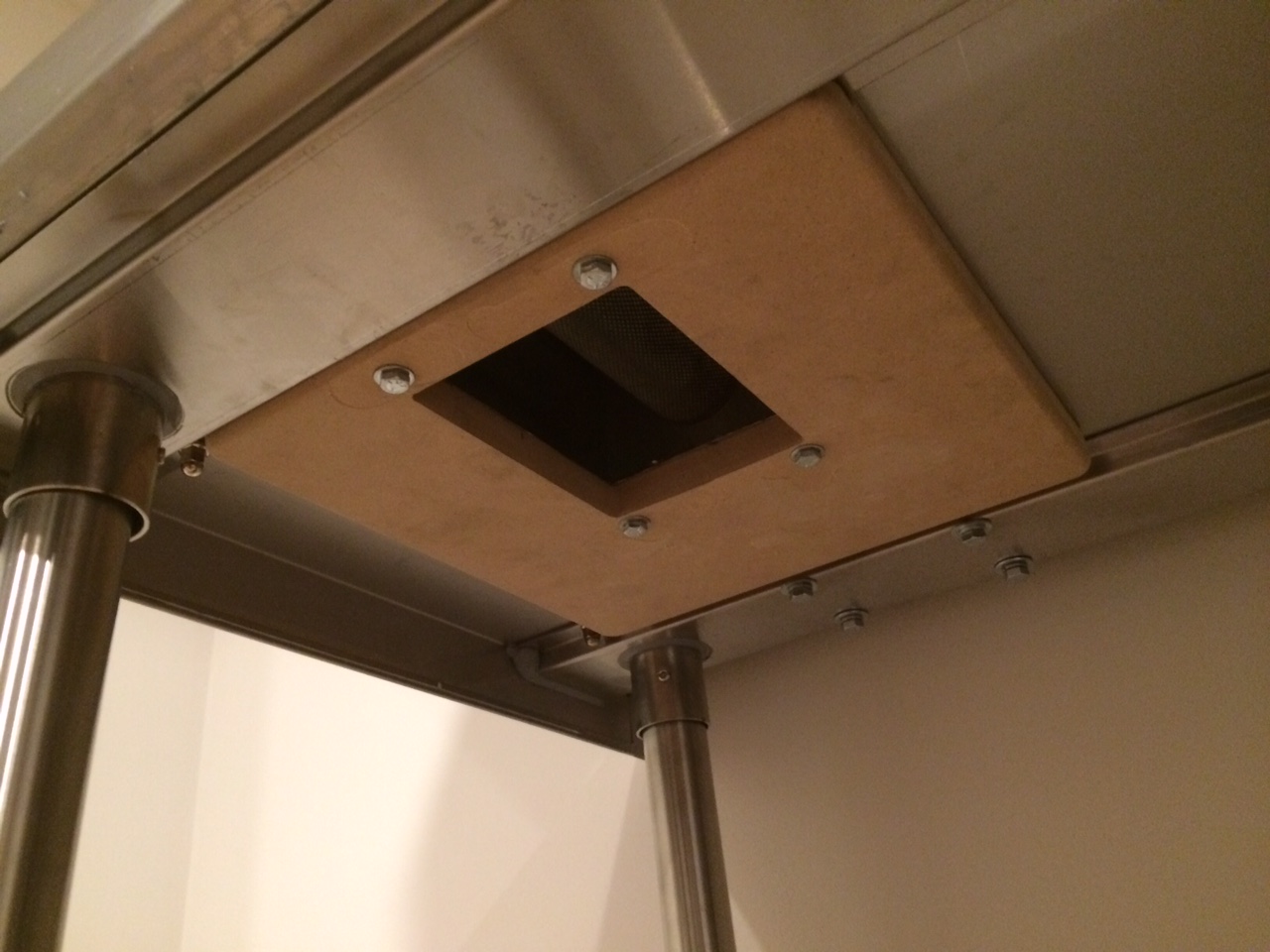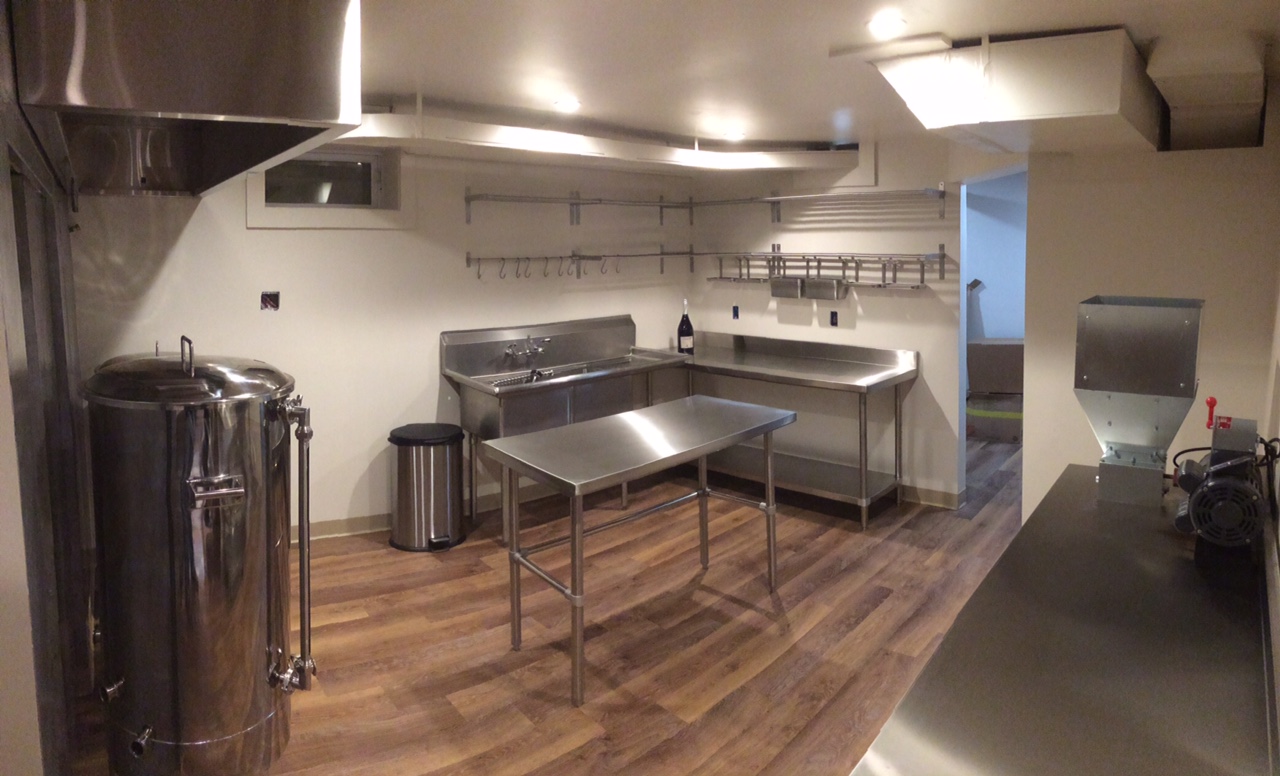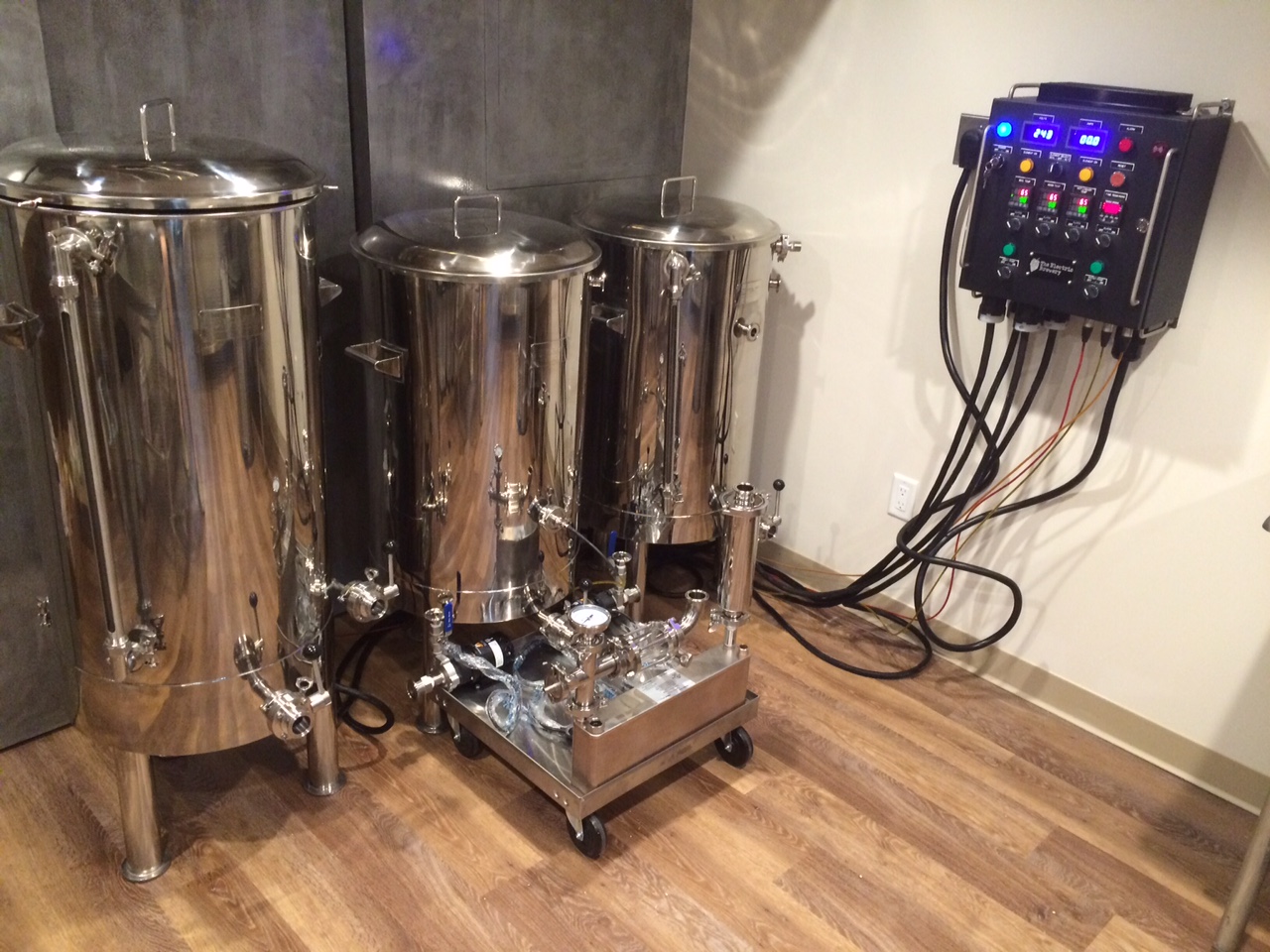Yes! I have assembled all of the parts from the OP's list and purchased the same motor. Everything is mounted and this thing
will be a monster when done.
Struggling with the wiring at the moment though. The Marathon motor has seven leads (per the diagram on the motor):
LINE VOLTAGE 1
J10 Black
T4 Yellow
T2 White
LINE VOLTAGE 2
P1 Purple
LEADS JOINED
P2 Brown
T3 Orange
T8 Red
As wired, it runs perfectly, but in the same direction, no matter the switch setting. Thought I had it figured out, but that 7th wire is throwing me off.
I am out of my element and for surely lost. Anyone have a suggestion on how to wire this up?
Thanks!
Mike
P.S. Here is a link to Marathon's wiring diagram:
http://www.marathonelectric.com/CnxDocRequest/PublishedPDF/52a105383ba.pdf


